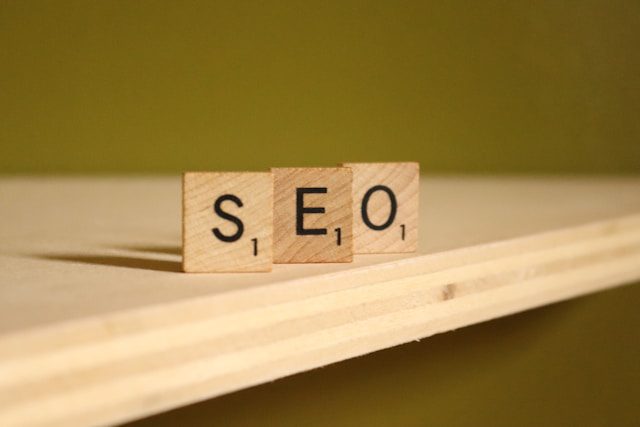You have heard of SEO – search engine optimisation – but what is on-site SEO, and why is it important. There are two main reasons:
• Your customers use Google and other search engines to look for businesses like yours and for the types of products, services, and solutions that you provide.
• On-site SEO helps search engines analyse and understand your website. This improved understanding helps Google and other search engines match websites to search queries.
Let’s unpack both of those a bit further.
Your Customers Use Google
If your customers don’t find your website in Google, they will find a competitor’s. That means lost revenue for your business.
Sure, you can find customers through using methods, including using other digital marketing strategies. SEO isn’t the only show in town. However, by ignoring on-site SEO, you are not only leaving money on the table, but you are also potentially giving that money to a competitor. That’s something you are very unlikely to approve of.
Plus, on-site SEO is highly cost-effective, but more on that later.
On-Site SEO Helps Search Engines Analyse Your Website
Google and other search engines use algorithms when assessing websites and deciding how those sites match the queries that people search for. In other words, the whole process happens via a computer programme.
On-site SEO helps to make sure Google fully understands the products or services that you offer and who you offer them to.
Furthermore, on-site SEO can help demonstrate to Google that your offering is better than your competitors. Or, more specifically, that the online experience you offer in relation to what they are searching for is better.
The end result is more traffic to your website. When you have more website traffic, you can generate new business.
Understanding How Google Works
Even if you have the best offering on the market, it doesn’t mean you will perform better in Google than your competitors. The cold, hard reality is that Google doesn’t care about your business. Google cares about delivering search results that are the best possible match for each search query. Remember, it’s a computer programme that makes these decisions.
This point is what you should focus on when thinking about on-site SEO. In other words, with on-site SEO, you can help show Google that your website is the best match whenever a potential customer uses a search query that indicates they are looking for the products or services that you offer.
Once you get potential customers onto your website, the process to convince them that you provide the best solution begins. On-site SEO gives you a chance to do that.
What is On-Site SEO?
There are many different elements to on-site SEO. In short, it is a process that involves improving your website both for users and for search engines. Here are some of the most important elements:
• On-page content, including headers, text, and images. It’s also important to ensure there is no duplicate content on your website, while keyword selection and placement on your site’s pages are important too.
• Meta data optimisation, including page titles and page descriptions.
• Optimising the URL structure of your website.
• Ensuring you include internal links to help search engines connect your content.
• Making your website mobile responsive, so it works on all devices.
• Ensuring your website is secure, fast-loading, and error-free.
• Maximising the user experience.
Get Long-Term Return on Investment from On-Site SEO
The cost of improving our website’s on-site SEO is minimal when compared to other digital marketing or advertising strategies. In addition, on-site SEO delivers results over the long-term. Therefore, returns on investment from on-site SEO are high.








